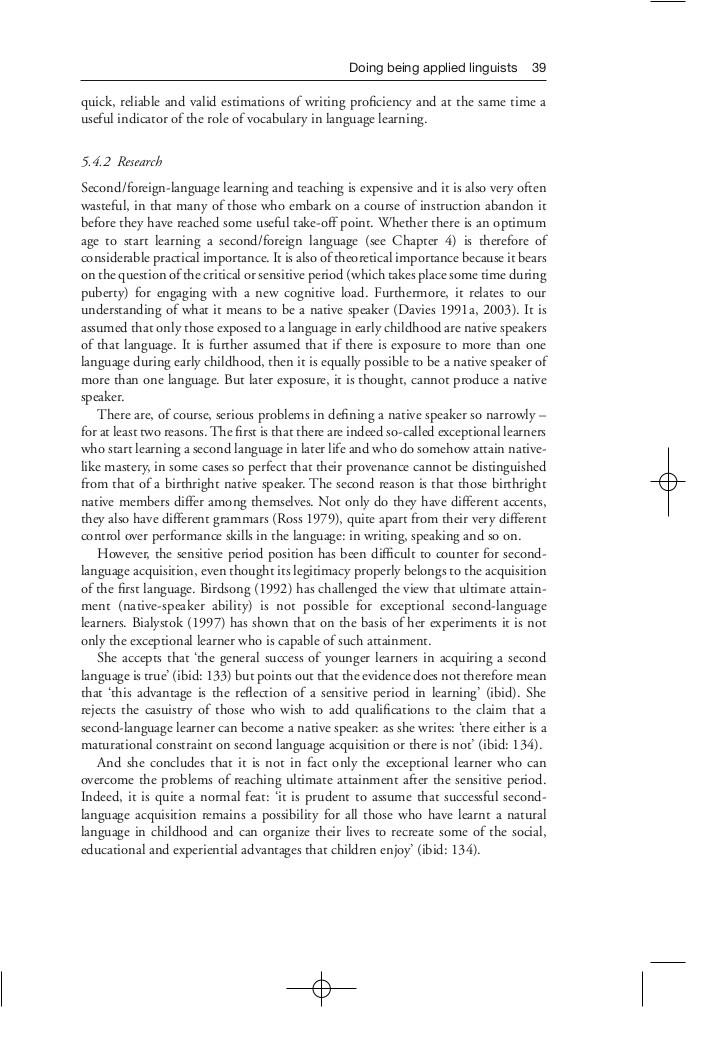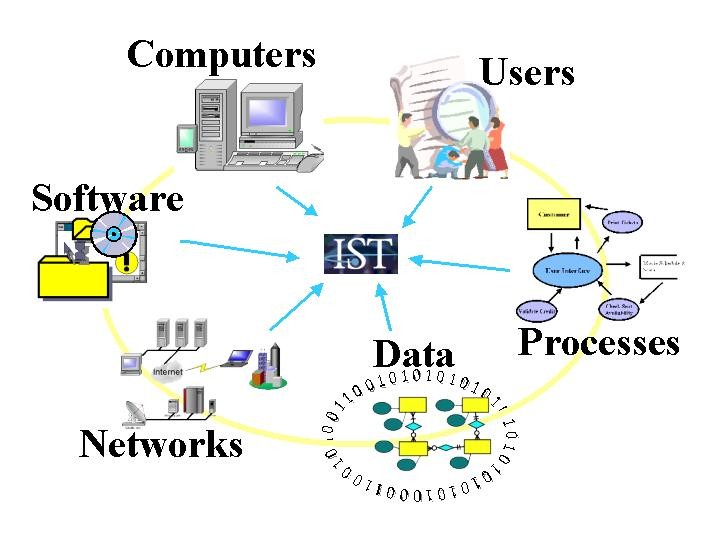An Introduction to Technical Analysis Its History Foundation Purpose and Use
Post on: 4 Июнь, 2015 No Comment

September 29, 2011 Print
“Learning is not attained by chance; it must be sought for with ardor and attended to with diligence.” – Abigail Adams (1744-1818)
You may have heard of technical analysis before or maybe you’re wondering what all the squiggly lines on GOOG ’s chart above represent. Those lines are a result of technical analysis.
Technical analysis is the process of analyzing market (price) action and using past data on charts to attempt to forecast the highest likely outcome of the future. It should always be complimented with fundamental analysis for optimal results.
There is a lack of acceptance and understanding of the art of technical analysis. That’s right, technical analysis is an art, and it can be mastered in a very short period of time. There are no financial statements to read over. This is the art of reading and interpreting charts, their patterns, and determining the highest likely short-term outcome of the future.
A brief journey back into time in a land far away
Technical Analysis dates back hundreds of years ago. According to historical records, a great Japanese rice trader by the name of Homma Munehisa (1724-1803) fathered candlestick charting and at today’s value, would have made over $100 billion in profits. He was considered the greatest trader in the history of the financial markets. This type of charting will be covered in subsequent articles (candlestick charting will be used in all articles). Therefore, technical analysis emerged from Japan.
Acceptance in the US and the 6 principles of Technical Analysis
In the U.S. technical analysis first started to gain some following due to Charles Dow’s Dow Theory in the late 19th century. Charles Dow formed 6 principles that formed the foundation of technical analysis:
1. Three-moving Parts
The market has a primary movement, a secondary reaction, and a minor swing movement. The primary movement is the long-term trend that lasts for years, the secondary reaction is the retrace from the primary movement (typically lasting for months), and the minor swings are the much shorter swings that occur within a chart (usually neutral and lasting from hours up to a month). Here are examples of primary movements and secondary reactions (minor swings can be considered as most day-to-day movements):
2. Three-Phase Trends
The market is composed of three phases: an accumulation phase, public/media phase, and a distribution/selling phase. I like to think of the “smart money” (sophisticated professionals) as the ones who are purchasing shares in Phase 1. In Phase 2, the media starts to focus on the particular stock or sector and the public (retail traders/investors) jump in. These are the momentum traders/investors that see a trend forming and want to get in on the action. In Phase 3, the “smart money” actually sells while the retail traders/investors keep buying. A perfect example of this principle can be found in the recent commodities craze (did you notice how commodities were plastered all over the media in late 2007-early 2008?):
3. Discounting Mechanism
The market discounts all news. This means that news that comes out is already factored in, or “priced” in. Obviously, this does not include illegal inside information.
4. Major Average Confirmation
This means that one industry that is dependent on another cannot rally unless both are rallying. This is especially true if the entire market is rallying but several key sectors are declining. In the chart below, you can see that the homebuilders (orange line) declined long before the market declined. The banking sector (sky blue) declined soon after. The financial sector used to be the #1 sector in terms of capitalization (banks were doing very well at the time!). Real estate and its related industries account for at least 25% of the U.S.’s GDP. With these two major powerhouse sectors declining, the market didn’t stand a chance.
5. Volume Confirms Action
Volume is extremely important. For a trend to continue, volume must increase. This represents added interest and additional buying which is required for a trend to propel itself to new highs. If a rally continues on lower volume, the trend cannot sustain itself and will fail. Let’s take a look at the rallies we had in 2008 as an example. Notice how the rallies were made on low volume and on the declines, we saw increasing volume. A healthy, strong market would exhibit the complete opposite.
6. Trends Continue Until They End
This is self-explanatory. An up trend continues until it ends and a downtrend continues until it ends. We are still in a downtrend in this market as of October 2008. Typically, a trend ends when a lower high (for an up trend) or a higher low (for a downtrend) is achieved. Here are examples of both:
Now that we covered the basic history and foundation of technical analysis, let’s move on to its purposes and uses.
First, we would like to stress the negative of technical analysis: It’s not designed to be a crystal ball!
Patterns can and will fail and you will occasionally take losses. However, if you focus on highly reliable patterns, combine indicators, and perfect your entry and exit points, you’ll be way ahead of the game.
Entry & Exit Points
Technical analysis gives traders and investors advanced warning of when a trend changes against their favor. If you know how to recognize certain chart patterns and use price-volume divergences to your advantage, you’ll join the ranks of the “smart money” that accumulate long before everyone else jumps in. You’ll also be able to identify reversals, sometimes on the very same day and know when to exit a position. Here’s an example:
Low-Risk Trading
The chances of putting on a successful trade is greater if you use technical analysis. For example, let’s take a look at consolidations and breakouts. You’ll know exactly when to place a trade if you can tell the difference between standard flags, high-and-tight flags, triangles, wedges, pennants, and other formations and their respective reliability levels. Traders usually get in within 1-3 days of a major breakout (in real life!), instead of having to wait and wonder if anything is going to happen. You’ll master this art and be able to profit consistently.

Know When to Sell Short
Technical analysis is not only used for “going long” (buying stock). 9 out of 10 investors/traders do not know how to sell stocks short, or are afraid to do so. Technical analysis allows you to short and do it properly. Here is an example of how to sell short with precision using moving averages:
Use Candles to “Light the Path”
Candlestick charting will help you see warnings in advance and give you enough time to react. It helps you identify the basic, continuation, and reversal patterns complete with pattern recognition, reliability levels, and the psychology behind each pattern. See the following candlesticks as quick examples:
Identify and Trade Gaps and News
There are four main types of gaps:
- area
- continuation
- breakaway
- exhaustion gaps
Can you tell the difference? Gaps are usually formed on news, such as earnings or FDA approvals, etc. Here are examples of continuation and breakaway gaps:
Identify Potential Support & Resistance Areas
Trend lines are a part of basic chart reading. You’ll be able to anticipate a “bounce” or a “pullback” before it happens. Keeping that in mind, you’ll be able to enter into a position on the very same day a particular stock bounces off of support or resistance (short). Here is an example:
DJIA (INDU) 08/01/08
Combine Indicators to Support Trading Decisions
There are dozens of indicators that are available to make trading decisions. You may have heard of the MACD, RSI, Stochastics, Money Flow, and many others. Or, perhaps you didn’t. Here are some examples of how indicators can be used to confirm trade decisions:














